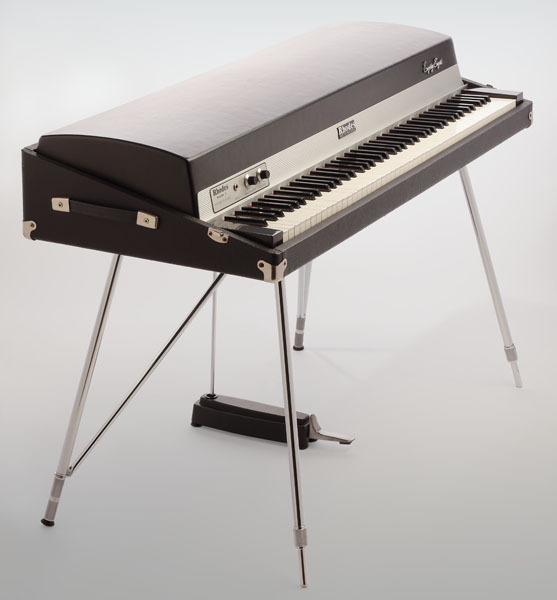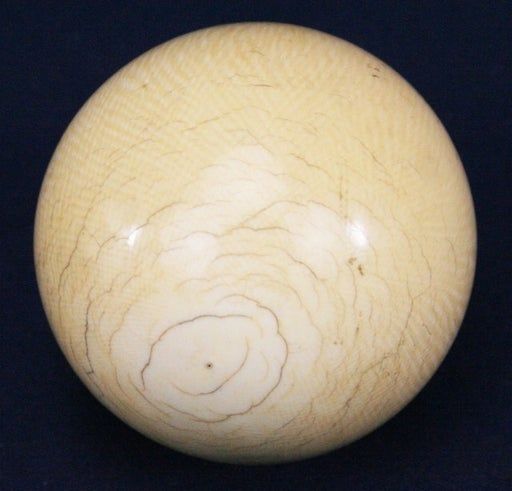Are Pianos Made From Elephants?
As a music teacher I get asked a lot of crazy questions. My students are so curious and always looking at topics from a new angle. So I decided to write an article about this question I was asked yesterday, are pianos made from elephants?
Back in the day, piano keys used to be made from or at least topped with ivory from elephant tusks. So yes, pianos used to be made from elephants, but not anymore.

The History of the Piano
I love to teach my students the history of the instrument they are playing. It's important to know where the instrument came from and why it was invented. The piano is one of the most versatile and popular instruments in the world, with a rich history that spans several centuries. The piano's origins can be traced back to the early 1700s, when a series of inventors in Italy began experimenting with different designs for keyboard instruments.
One of the earliest and most important of these inventors was Bartolomeo Cristofori, who is credited with inventing the first piano-like instrument in the early 1700s. Cristofori's instrument, known as the "gravicembalo col piano e forte," featured a keyboard with hammers that struck the strings to produce sound. This was a significant departure from the harpsichord, the most popular keyboard instrument of the time, which used a plucking mechanism to produce sound.
Cristofori's invention was met with great interest, and soon other instrument makers began to develop their own versions of the piano. By the mid-1700s, the piano had become a popular instrument in the courts of European nobility and in the homes of the wealthy. If you want to learn piano check out our piano lessons in Ann Arbor.
As the piano's popularity grew, so did the demand for new designs and improvements. In the late 1700s, Johann Andreas Stein, a German piano maker, introduced a new type of piano that featured a longer and more powerful soundboard, which allowed for a louder and more resonant sound.
In the early 1800s, the piano underwent a major transformation with the introduction of the iron frame. This new design allowed for a more stable and durable instrument, and it also allowed for a greater range of dynamics and expression. The iron frame also allowed for the use of more strings, which resulted in a fuller and richer sound.
As the piano continued to evolve, so did the music that was written for it. The piano repertoire of the 1700s and 1800s was primarily composed of classical and romantic music, but by the late 1800s and early 1900s, the piano was being used in a wide variety of musical styles, including jazz and popular music.
One of the most important figures in the history of the piano is Ludwig van Beethoven, who composed many of his greatest works for the instrument. His piano sonatas, concertos, and other works pushed the boundaries of what was possible on the instrument and greatly expanded the piano repertoire.

In the 20th century, the piano continued to evolve with the introduction of new technology and materials. Electric pianos, such as the Fender Rhodes and the Wurlitzer, were developed in the 1950s and 1960s and offered a new sound and versatility. Today, digital pianos and keyboards have become increasingly popular, offering a wide range of sounds and features, while still maintaining the traditional feel of an acoustic piano.
The piano is a beautiful instrument with a rich history, its evolution has been a continuous process and the instrument has been adapted to different styles and demands of music. It is an incredibly versatile instrument that can be used in a wide variety of musical settings. From classical concert halls to jazz clubs and pop music stages, the piano has a special place in the hearts of music lovers everywhere.
The History of Ivory
The Ivory trade is the commercial harvesting and sale of elephant tusks and other animal ivory. The trade has a long history dating back to ancient civilizations, but reached its peak in the 19th and early 20th centuries. During this time, large numbers of elephants were killed for their tusks, which were used to make a variety of items, including piano keys, billiard balls, and decorative objects.

During the colonial era, European powers established trading posts in Africa and Asia, where they began to trade in ivory. The demand for ivory in Europe and the United States was high, and the trade became a major industry in many African and Asian countries. In the late 19th and early 20th centuries, the trade reached its peak, with an estimated 100,000 elephants being killed annually for their tusks.
The over-exploitation of elephant populations for ivory led to a significant decline in elephant numbers, and by the mid-20th century, elephant populations in many areas had been greatly reduced. In response to this, many countries and international organizations began to implement measures to protect elephants and regulate the trade in ivory.

In 1989, the Convention on International Trade in Endangered Species of Wild Fauna and Flora (CITES) banned the international trade in elephant ivory. However, the ban was not fully enforced and the illegal trade in ivory continued. In recent years, there has been a resurgence in the demand for ivory, particularly in Asia, leading to a resurgence in illegal poaching of elephants.
To address this problem, many countries have taken steps to strengthen their laws and enforcement efforts against the illegal ivory trade. In addition, several countries have also destroyed their stockpiles of seized ivory as a way to demonstrate their commitment to ending the trade.
The ivory trade remains a controversial issue, with some arguing that regulated trade can help to protect elephant populations by providing economic incentives for conservation. However, most conservationists argue that any legal trade in ivory would be difficult to control and would only serve to provide cover for illegal activities.
Well I hope you have learned a thing of two about if pianos are made from elephants. I'm sure some of this information was surprising. Thank you for reading this article to the end!



